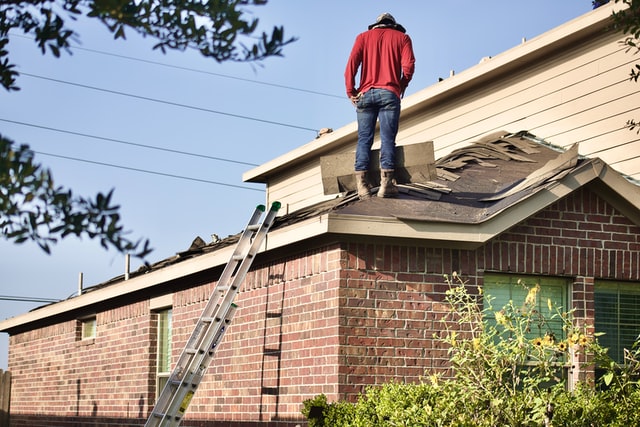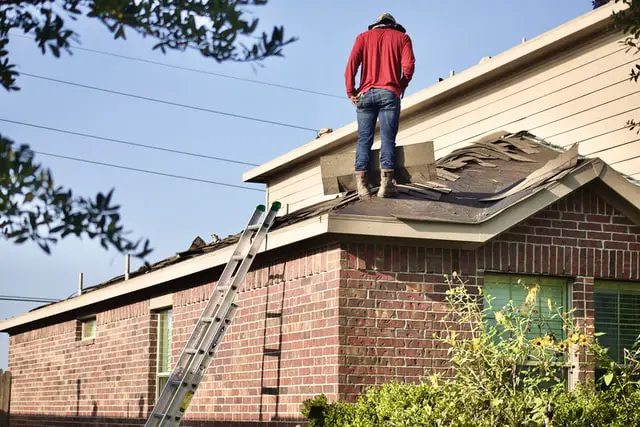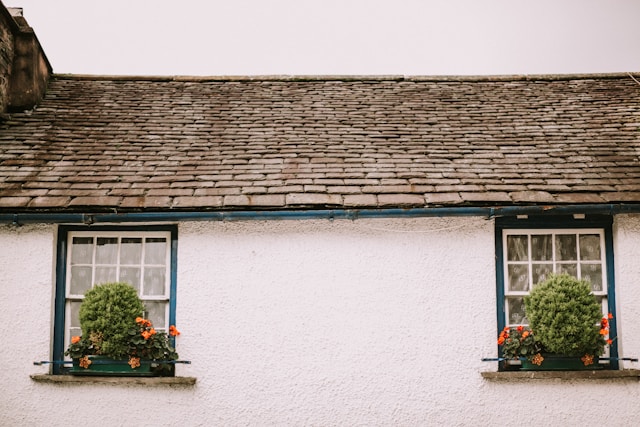Just as there are many types of building designs, so too are there different types of roofing for those buildings. Much modern roofing is dependent upon the economics and durability of the materials used, rather than the pure aesthetic looks of the finished roof. Unfortunately, sometimes it seems as though these two factors detract from the overall appearance of houses as we have to remember that houses do not stop at the roofline.

Flat roofs – still a popular choice for some
Flat roofs on houses and commercial buildings are relatively popular, but one must consider factors such as the type of material used on the roof, the weather patterns in the area where the building is located, and consequent maintenance of the roof. Flat roofs are popular because they are generally easy to construct, have a reputation for durability as they are water resistant if built correctly and therefore not prone to water damage, as well as being able to stand up to very heavy winds. There is more design choice with flat roofs, and they are easier to build, do not need as much in terms of materials used, and are consequently cheaper. Repairs to flat roofs are relatively easy and cost-effective compared to other roofing systems.
Remember, maintenance is a key factor
As with all roofs, regular maintenance should be carried out to remove mould, algae and stains which build up over time and especially in damp climates, as well as debris such as leaves, twigs, dirt and even papers or plastic bags which have been blown onto the roof and into the drainage pipes. Cleaning can easily be done through high pressure washing. Nonetheless, there are downsides to flat roofs, as is to be expected.
And the downsides to flat roofs …
One of the biggest problems with flat roofs is that of drainage from the roof. Because the roof line is flat, with only a slight pitch to allow for rainwater runoff, there is always the possibility that the drainage system from the roof can become clogged with debris or constant heavy rains. The natural forces of gravity and downward waterflow pressure which assist on sloping roofs are not as effective on flat roofs and debris will not be washed away so easily, so you will have to regularly inspect the roof and the drains to ensure that they are clear. Flat roofs should preferably be replaced once deterioration becomes evident. This could be in the form of blistering, bubbling, seam separation and cracked membranes. These pointers are a clear indication that the structural integrity or waterproofing provided by the roof is at risk.
Flat roof construction – is concrete the best choice?
Flat roofs are constructed using rolled roofing materials, including rubber and bitumen, but these generally only last for between 10 – 15 years. These roofs can also be constructed from corrugated metal, fibreglass sheeting or concrete, but the flatter concrete roofing style is – and has historically been – prone to leakage, and requires regular and proper maintenance, which includes either replacement or repair of the covering layer which provides the watertight seal. Although flat concrete roofs are aesthetically appealing in modern house design due to the stark angles in the design, they are prone to shifting and cracking due to foundations settling and moving and need to be regularly checked and maintained.
In the early days, leakage and damp were common problems with flat cement roofs but there are more modern methods of waterproofing, including a membrane coating, often with a rubber coating below it. In order to preserve the life of your flat roof, it is essential to have good waterproofing right from the get-go and continue with regular and thorough maintenance, including checking the flashing, which guides water from the drainage plane to the exterior, and forms a seal around the perimeter of the roof. Flashing which has come away from the wall will cause leaks and needs to be replaced, together with a thick layer of rubberised roofing compound to stick this down. It would be the wisest choice to employ professional roofing contractors to repair and maintain a flat roof’s seal and waterproofing.
Angled or flat? Talk to your architect …
There is no doubt that flat roofs are not everyone’s ideal choice, but they do offer broader and more angular design options and, in many ways, present a more modern and clean style. There will always be pros and cons to any roofing material choice, all of which have to be taken into account when deciding which roofing option to go for. Flat roofs might be cheaper at the outset, but they do require more maintenance and may be more costly in the long run than a traditional pitched roof. If you want modern with a capital “M”, then flat roofing is the way to go, as long as you are fully aware of the potential problems which come with these roofs. Do your homework and talk to your architect before you decide on the available options if a flat roof is part of the design.

